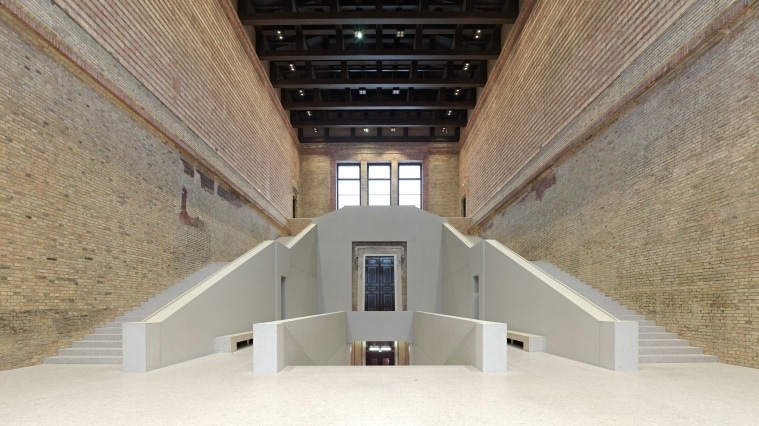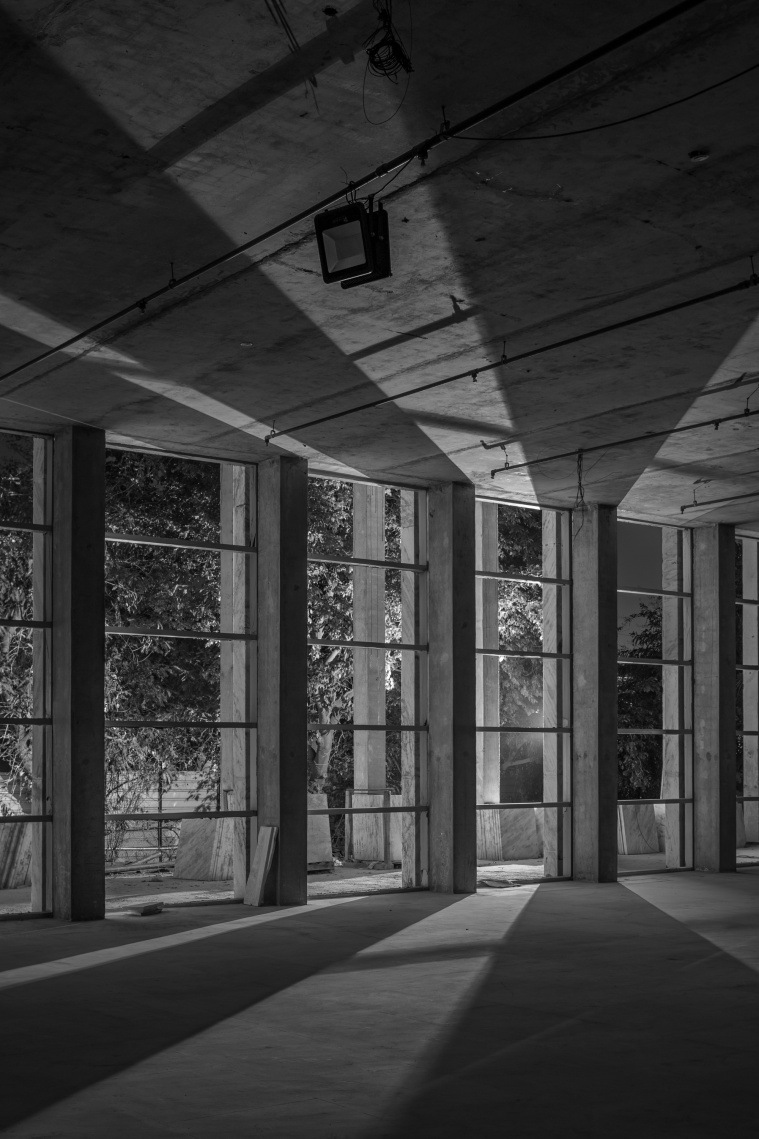Latest Comment
Post Comment
Read Comments
 Mindful of the way architecture contributes to climate change and social inequality, David Chipperfield has been a tireless advocate of transforming spaces and reinvigorating cities. (Source: Tom Welsh)
Mindful of the way architecture contributes to climate change and social inequality, David Chipperfield has been a tireless advocate of transforming spaces and reinvigorating cities. (Source: Tom Welsh) British architect and urban planner Sir David Chipperfield, 69, is the 2023 Laureate of The Pritzker Architecture Prize, the highest international honour for architects. The prize, which will be conferred on him at a ceremony in Athens in May, is in recognition of his four-decade practice in Europe, North America, and Asia.
With over 100 works from museums and civic buildings to offices and residences, his studio, David Chipperfield Architects (DCA), has been re-imagining buildings and working on renovations and restorations with climate and site context at the forefront. Mindful of the way architecture contributes to climate change and social inequality, Chipperfield has been a tireless advocate of transforming spaces and reinvigorating cities.
Chipperfield, who grew up on a farm in Devon, south-west England, went to boarding school in Somerset, where he was nudged by his art teacher to join the Kingston School of Art. His skills took him to the Architectural Association School of Architecture in London, where his classmate was another well-known architect, Zaha Hadid. Chipperfield worked with British-Italian architect Richard Rogers before setting up his own studio in 1985.
The master architect — winner of many competitions and curator of the 2012 Architecture Venice Biennale and a year-long guest editor of the Italian design magazine Domus in 2020 — has also been an advocate for political causes, protesting Brexit, and pointing to the 2017 Grenfell Tower fire in which more than 70 people were killed, to demonstrate the damage an absence of regulations can do.
 The Neues Museum in Berlin (Courtesy of SPK/DCA)
The Neues Museum in Berlin (Courtesy of SPK/DCA)
Accepting the Pritzker Prize, Chipperfield said: “As an architect, I’m in a way the guardian of meaning, memory, and heritage. Cities are historical records…they evolve. And in that evolution, we take buildings away and we replace them with others… It’s also a matter of protecting character and qualities that reflect the richness of a city.”
His most famous reconstruction is The Neues Museum (Berlin, 2009), the mid-19th century structure which was in disrepair after World War II. DCA emphasised on preserving the existing structure in its original material, with the main stairwell flanked by walls carrying traces of its original frescoes, and repurposed materials wearing the scars of war. The outdoor spaces were made so generous that it acts today as a social connector in the German capital.
Much of Chipperfield’s design sensibilities owe to his early years spent in Japan, where he worked on fashion designer Issey Miyake’s retail outlets. The Pritzker Jury Citation says: “This commitment to an architecture of understated but transformative civic presence and the definition of the public realm, is done always with austerity, avoiding unnecessary moves and steering clear of trends and fashions, all of which is a most relevant message to our contemporary society.”
Last year, the DCA completed restoration of the Procuratie Vecchie in Venice’s iconic St Mark’s Square. During the five-year renovation of what was once the headquarters of Italy’s Generali insurance company, traditional craftsmen revived original frescoes and flooring. The building — now open to all — has rooftop terraces, exhibition spaces, and intact arches that diverge into galleries.
 The under-construction Chhatrapati Shivaji Maharaj Museum in Agra. (Source: Archohm)
The under-construction Chhatrapati Shivaji Maharaj Museum in Agra. (Source: Archohm)
Chipperfield’s other significant works include the BBC’s Scotland headquarters (Glasgow, 2007); Campus Saint Louis Art Museum (Missouri, 2013); Museo Jumex (Mexico City, 2013); One Pancras Square (London, 2013), Royal Academy of Arts masterplan (London, 2018) and Kunsthaus Zürich (Zurich, 2020). He has been working with the government in Galicia, Spain, since 2017 to strengthen the region’s economic and cultural bases by reviving processes and building connections among land, food and environment.
DCA has been collaborating with Sourabh Gupta of the Noida-based architecture studio Archohm on the Mughal Museum (now Chhatrapati Shivaji Maharaj Museum) in Agra, on a site close to the Taj Mahal. “What excited them was the site and the programme, which is fairly large. We had three months of design, looking at the context, the volume, and the spaces. It’s an almost 200-m-long building, with as long a corridor, with no boundary walls. The rhythm and geometry of Mughal architecture had to be picked up, the play of stone had to be studied. The museum building is quiet, powerful and modern,” Gupta said.
While the Mughal Museum will take a while to be inagurated, Archohm is currently researching with DCA “what an Indian high-rise building can be”, with studies underway in Bhubaneswar and Mumbai.




